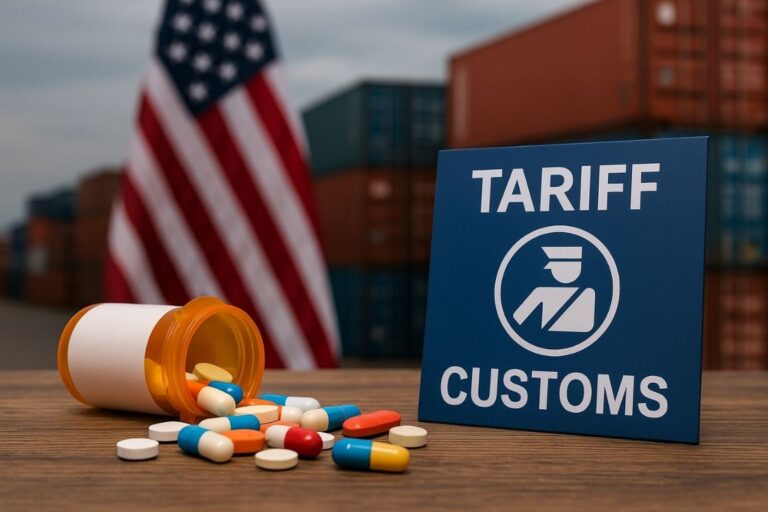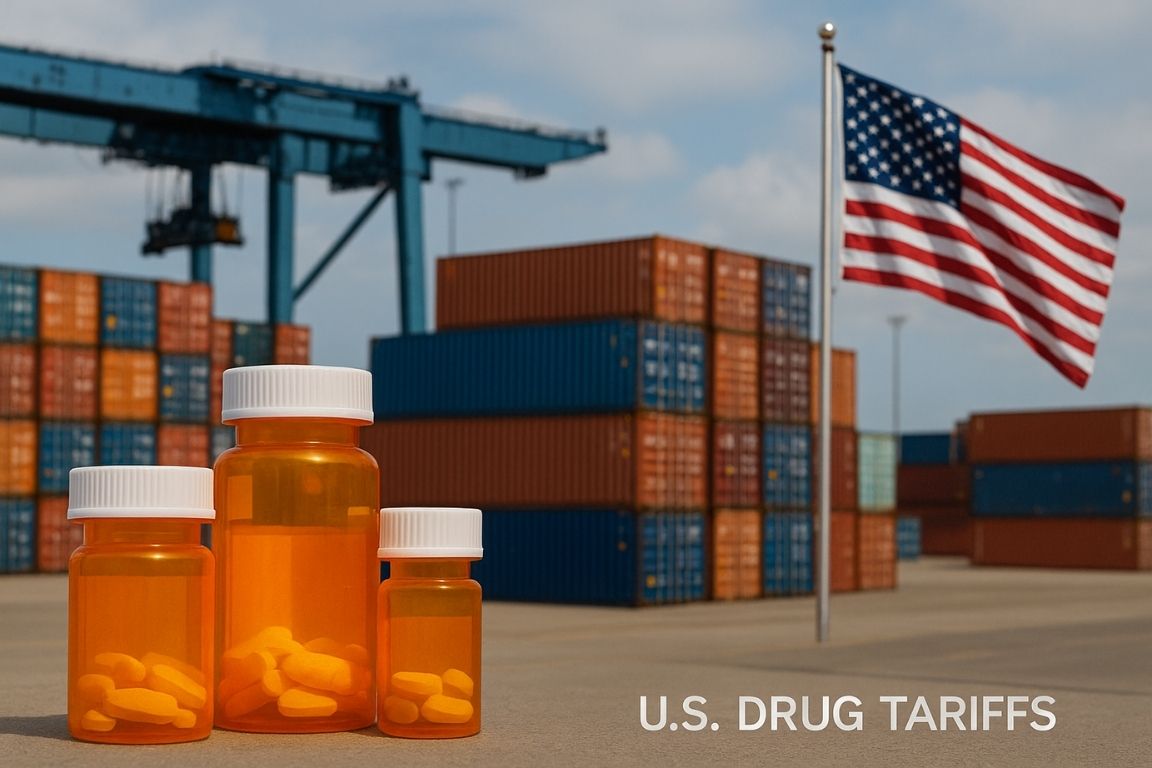The U.S. government under President Donald Trump has announced 100% tariffs on imported branded and patented medicines from October 1.
Background
- Prescription drugs account for around 10% of household medical spending in the U.S.
- While imports from the EU and Japan face only a 15% tariff cap, other countries face 100% tariffs — creating unequal trade conditions.

Key Features of the Tariff Policy
- 100% Tariffs on patented and branded drugs from non-exempt countries.
- 15% Cap on imports from EU and Japan (covering ~75% of U.S. pharma imports).
- Affects high-value drugs like Wegovy and Ozempic (for diabetes and weight loss).
- Potentially impacts specialised drugs for cancer and rare diseases.
On U.S. Consumers and Healthcare
- Higher drug prices → Increased medical bills.
- Insurance premiums may rise as companies pass costs to customers.
- A study by Ernst & Young estimates a 25% tariff could raise drug costs by $51 billion annually — 100% tariffs will worsen it.
On Global Pharma Trade
- U.K., Switzerland, and Singapore face heavy impact due to high exposure.
- Could disrupt supply chains and raise prices globally.
- Reflects growing protectionism in global trade.
On India
- India’s generics industry is currently exempt.
- India exports $10.5 billion worth of generic formulations to the U.S.
- If tariffs extend to generics or APIs, India’s export sector could face serious losses.
- Creates uncertainty over API imports, where India and China are major suppliers.
On U.S. Pharma Industry
- The U.S. is a major exporter of innovative medicines.
- Tariffs may distort competitiveness and affect U.S. exports.
Wider Implications
- Marks a shift towards economic nationalism and trade weaponisation.
- Challenges post-WWII global supply chains.
- Countries must diversify export markets and form new alliances.
- India should explore alternative markets and regional trade agreements.
Conclusion
The U.S. tariff move risks making healthcare costlier, disrupting pharma trade, and reshaping global supply chains. For India, it is a warning to reduce dependence on single markets, strengthen domestic capabilities, and seek diversified export strategies for long-term stability.





